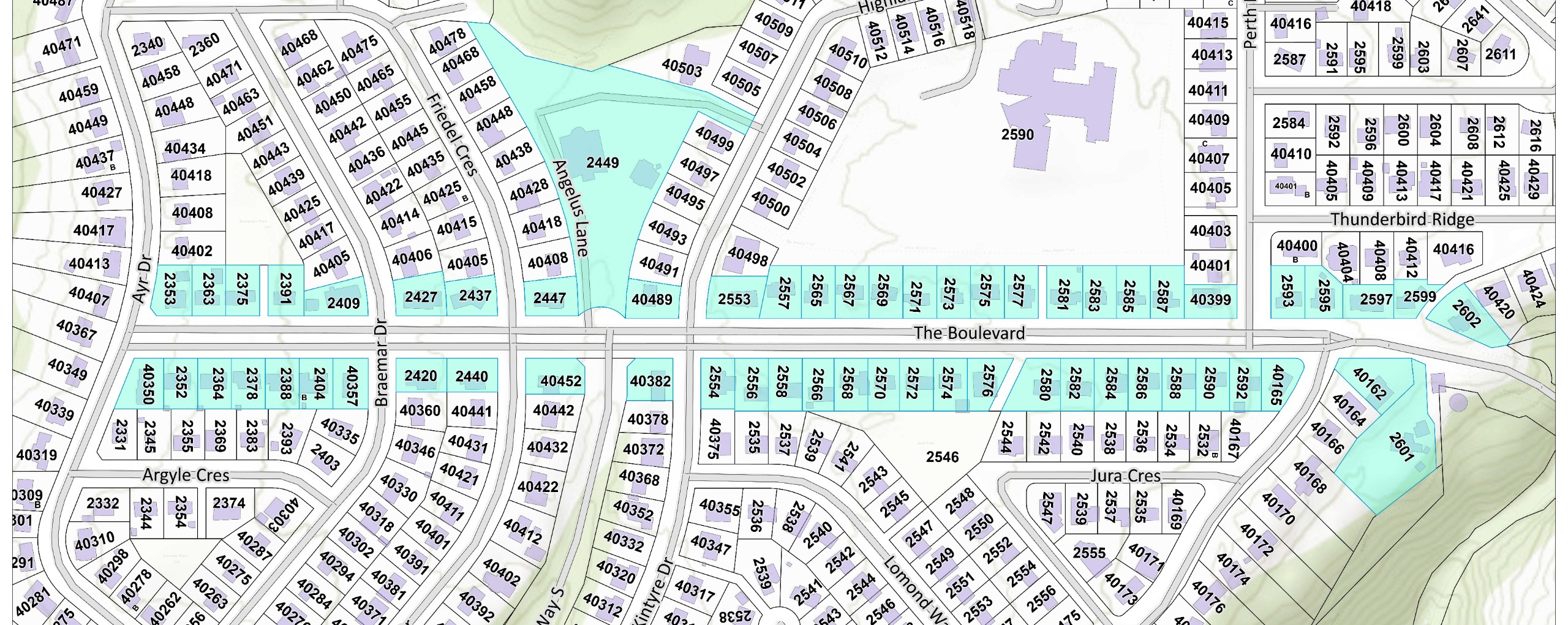Frequently Asked Questions (FAQ)
The District has prepared a list of Frequently Asked Questions (FAQ) to respond to key questions and themes heard through recent engagement on the proposed Neighbourhood Commercial uses along The Boulevard in the Garibaldi Highlands.








